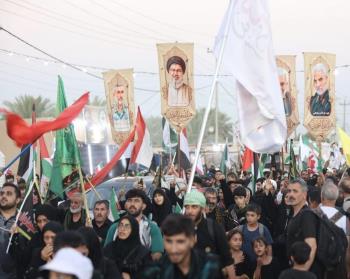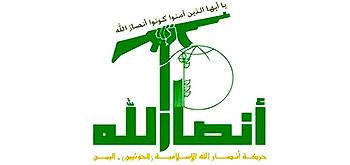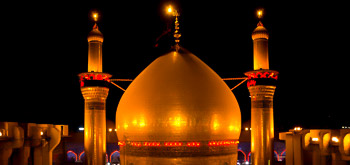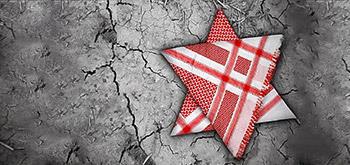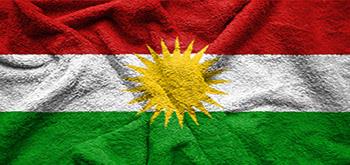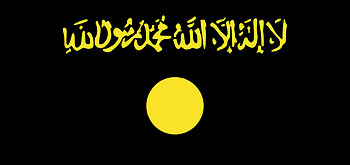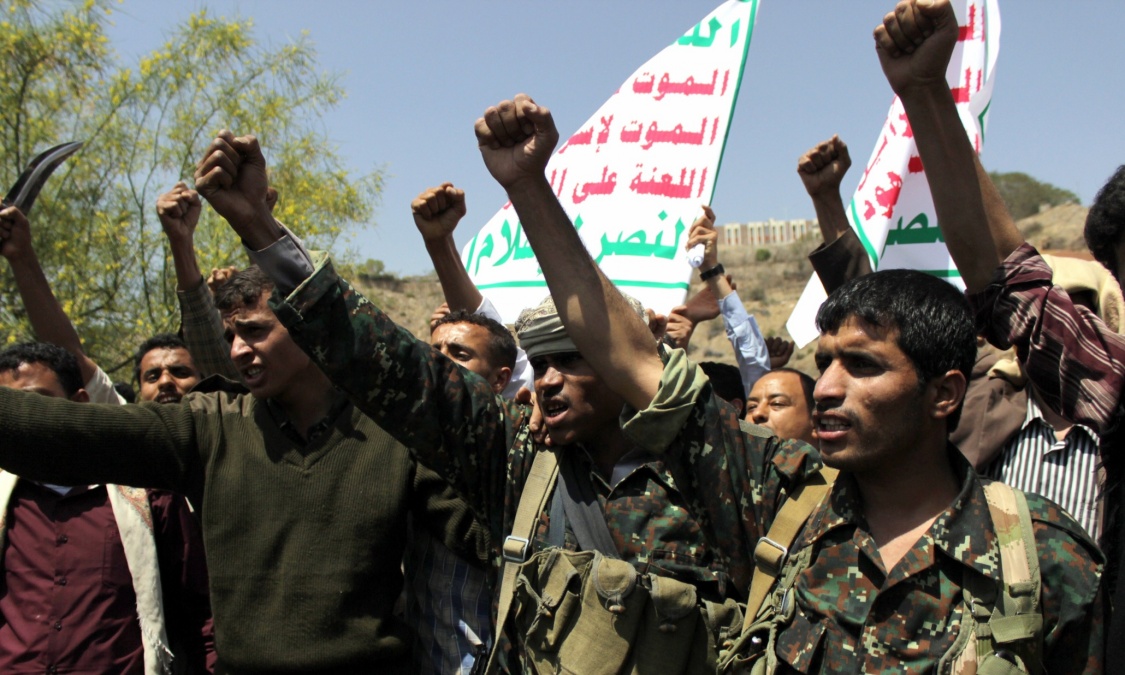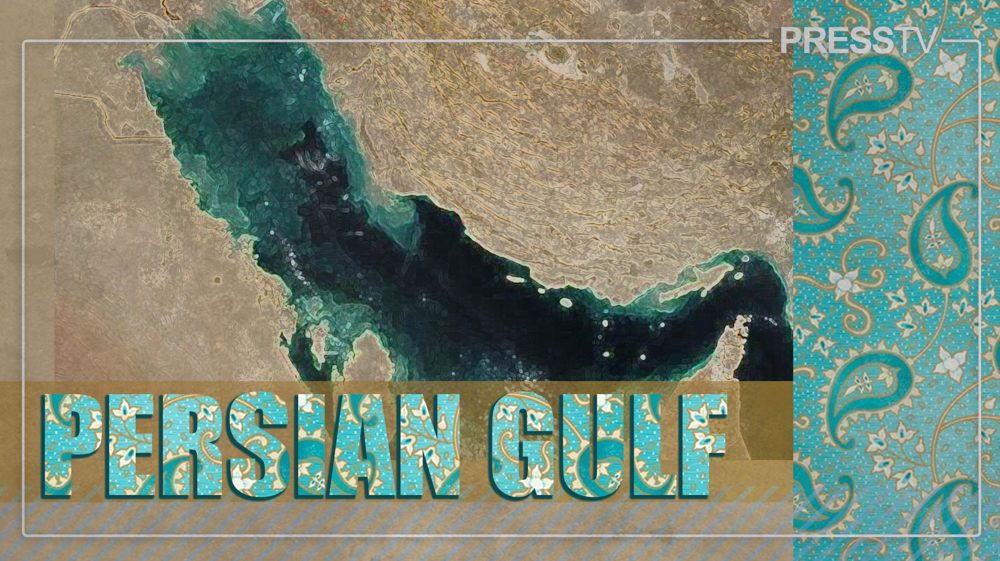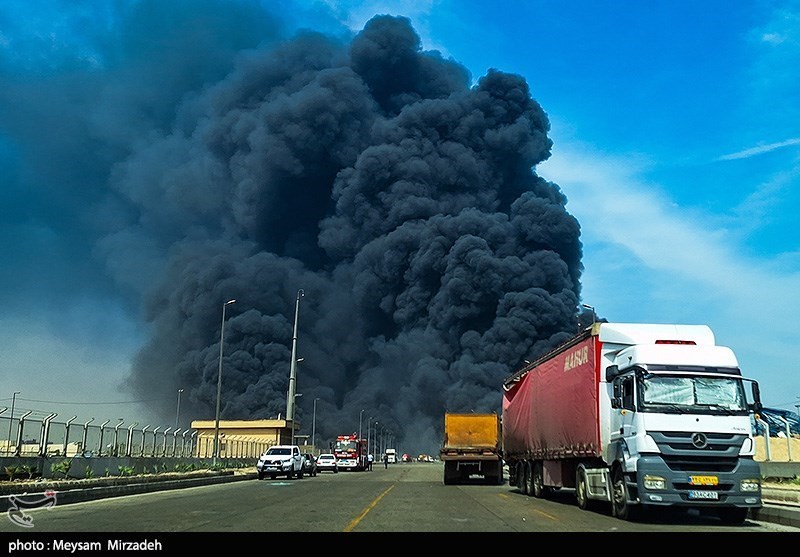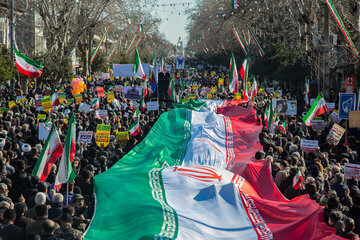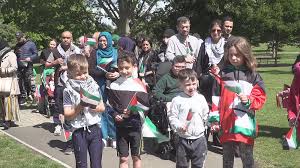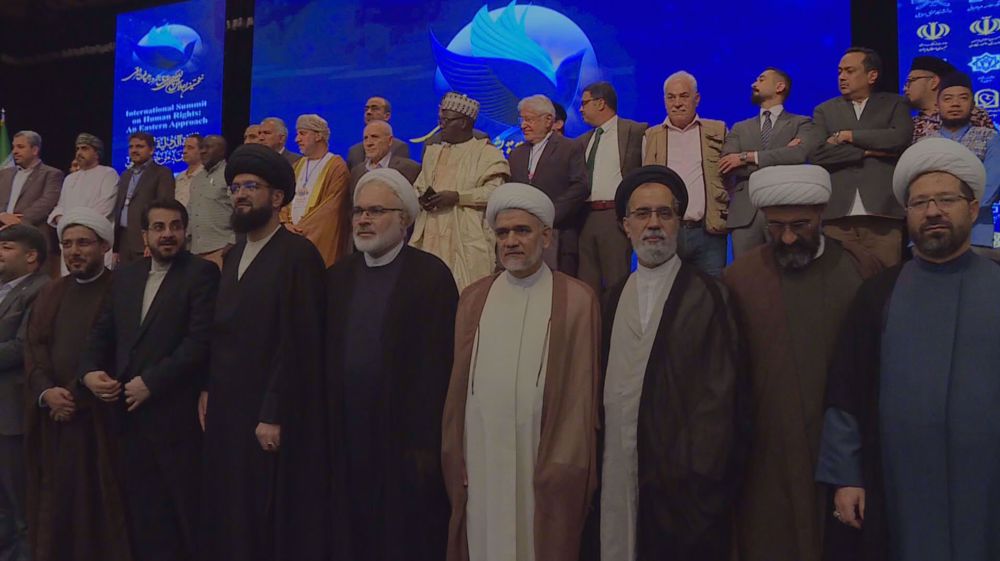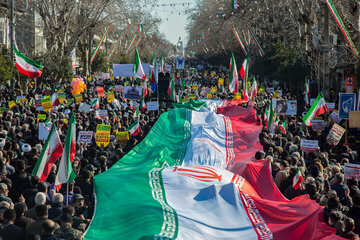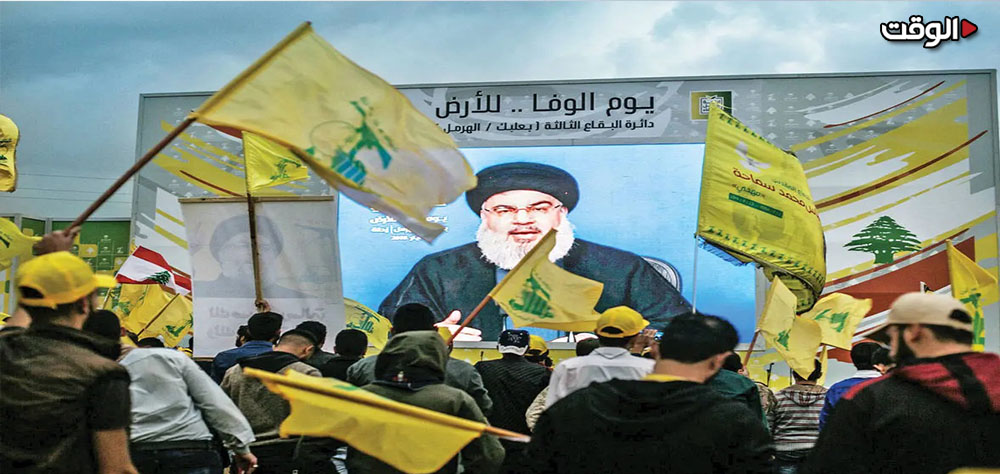Alwaght- It may be true that the Saudis have decreased the amount of their airstrikes during the second phase of their war on Yemen, but those countable strikes constitute a major obstacle for humanitarian aid to reach Yemeni civilians.
The Saudis claimed that war on Yemen aims to reinstall fugitive president Mansure Hadi, but in reality they are targeting the innocent Yemeni people including women, children, and elders, after they failed to return back their pawn to power.
Human Casualties
The World Health Organization (WHO) office in the Yemen reported that the death toll from Saudi airstrikes topped 1,000 over the past month and warned that main hospitals face shutting down because of critical shortages of power, lack of fuel and oxygen.
Reporting from its country office in Yemen, WHO said health facilities across the country had reported 1,080 deaths and 4,352 injured between 19 March and 20 April during this year.
UN representative in Yemen estimate that 172 children have been mutilated in the Saudi aggression.
But the actual estimations of the total death toll stated by watchers in Yemen exceed the UN casualty report by almost double the number given. This is not a surprise, since the UN has always been taking US and their allies’ side, where they attempt to belittle the humanitarian damage cause by Saudi regime’s airstrikes.
Yemeni Refugees
Tens of thousands of Yemeni civilians have been displaced during the Saudi aggression, as reported by the UN.
The UN High Commissioner for Refugees (UNHCR) says the number of displaced persons in Yemen is estimated at between 120,000 and 150,000. (Separately, Oxfam puts the figure at 121,000).
Saudi regime prohibiting humanitarian aid agencies from doing their job
In same usual context of violating international laws Saudi air force prevented an Iranian Red Crescent (IRC) cargo plane carrying food stuff and medical equipment for the Yemeni civilians from entering Yemeni air space, the second such event in two days after Saudi fighter jets warned the first Iranian cargo plane that was bound for Sana'a airport to keep away from Yemen.
Due to Saudi airstrikes the Office for the Coordination of Humanitarian Affairs (OCHA) reported that one aid agency was unable to distribute household items to displaced people staying in schools.
Also, once again the Saudis violated the war laws by targeting a warehouse belonging to the international aid and development organization, Oxfam. Human Rights Watch (HRW) has slammed the Saudi airstrike, and considered it an “apparent violation of the law of war.”
Food insecurity
The Saudi aggression on Yemen has resulted in close to 11m people having minimal food security, with the possibility of millions not meeting their basic food requirements, according to the Food and Agriculture Organisation (FAO) of the United Nations (UN).
According to an FAO report, close to 10.6m Yemenis are now severely food insecure, out of which around 4.8m are in an emergency condition, suffering from lack of access to food, increasing malnutrition and irreversible destruction of livelihoods.
The report also revealed that around 850,000 children in the country are acutely malnourished.
After decades of chronic under-development and socio-economic crisis under the rule of the former Saudi-puppet Yemeni regime, 15.9 million people, over 60 percent of the population, are now estimated to be in need of humanitarian assistance. Children and women have been hardest hit.
Currently many Yemeni civilians do not have access to clean water and are struggling to feed themselves and their families. Basic service infrastructure is near collapse; with fewer and fewer people able to access life-saving assistance, basic health care, and education.
In the context of Saudis targeting Yemeni food industry, HRW said a diary factory in the western port city of Hodeida came under attack by Saudi airstrikes, killing 31 workers.
Saudi regime using illegal weapons
It seems that the Saudi regime was not content with targeting Yemeni civilians with normal missiles, but they also wanted to make the scene messier by striking with WMD.
"We will display a video on the death of tens of children who died after inhaling poisonous gases," said an official of Yemen's Red Crescent Society, Abdollah Maboud Al-Shokri.
He noted that the bomb explosions in the Saudi airstrikes not only destroy a large number of homes, but also create a thick cloud of poisonous and fatal gases.
Yemeni officials said that the bombs were of the very rare and dangerous type that resulted in the suffocation of the residents of the affected regions. Also, eyewitnesses said that Saudi Arabia has used internationally banned weapons in its aerial bombardment on an area near Sana'a.
In conclusion Yemen’s humanitarian crisis is fuelled by Al-Saud’s terrorism and ruthlessness, where there is a large-scale displacement, civil strife, chronic food shortages, breakdown of social services, endemic poverty, and refugee influxes.

